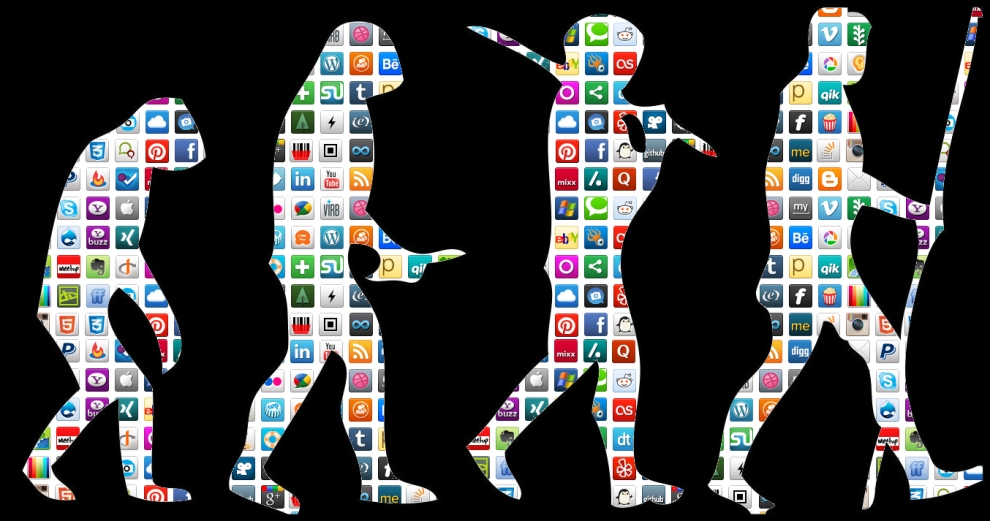AUGUST 5, 2016
 In 1920, as commander of 3rd Squadron, 3d Cavalry, then Colonel George S. Patton Jr. held a series of sixteen lectures in which we he imparted the lessons he had learned from a mixture of self study and his own experiences in World War I to the junior officers in his formation. When I think about these professional development sessions, I imagine Patton standing in front of a room full of officers with his notecards in hand, and the young captains and lieutenants scribbling furiously in their notebooks. Almost 100 years later, this method of imparting knowledge to the next generation of military leaders hasn’t changed much in our organizations.
In 1920, as commander of 3rd Squadron, 3d Cavalry, then Colonel George S. Patton Jr. held a series of sixteen lectures in which we he imparted the lessons he had learned from a mixture of self study and his own experiences in World War I to the junior officers in his formation. When I think about these professional development sessions, I imagine Patton standing in front of a room full of officers with his notecards in hand, and the young captains and lieutenants scribbling furiously in their notebooks. Almost 100 years later, this method of imparting knowledge to the next generation of military leaders hasn’t changed much in our organizations.
While face-to-face professional development sessions are still a critical component of leader development, the social media platforms of today allow us to move beyond the Pattonesque sessions of the 1920s, and expand our leader development programs. We no longer have to get everyone in the same room at the same time to have a professional discussion. We don’t have to be in positions of authority to influence large organizations. And finally, it is now okay to say “tweet” in a professional setting.
We No Longer Need to Put it on the Training Schedule
One such leader who has made the leap into the 21st Century is Major General Jim Rainey, Commander of the 3rd Infantry Division. In the summer of 2015, MG Rainey augmented his professional development program with the Marne Leader, a closed Facebook group of over 500 members that allows leaders throughout the Division to share articles, ideas, and engage in meaningful dialogue through their smartphones. The group allows NCOs up to General Officers to connect and engage at a much higher frequency than offered by more traditional methods of professional development.
Even though I’m no longer in the Marne Division, I’ve been fortunate enough to be a member of this group since the beginning. I’ve witnessed great leader engagement across organizations, something that doesn’t happen in many military units. For example, an infantry company commander is able to have a professional dialogue online with the aviation brigade commander. I’ve read and learned from articles shared by the division commander, brigade commanders, and more junior leaders. MG Rainey’s online initiative has had major impacts across his organization.
You Don’t Need a Guidon to Influence Others
Another impact of social media on leader development is that you no longer need a position of command to influence A LOT of people. While writing for professional publications has always been a method for getting ideas outside of our immediate sphere of influence, the frequency and audience has increased through social media. Angry Staff Officer, The Military Leader, and the Strategy Bridge are all sites run by active duty officers, and these leaders have used their platforms to reach and influence large audiences across the greater Profession. Because of technology, their contribution to the leader development is immeasurable. How many conversations on Monday morning have revolved around their content? How many leaders have been shaped by their ideas? Just as Patton used his notecards to teach those in the same room as him, these leaders have used their sites to teach others ten fold.
It’s Okay to Say “Tweet” in a Professional Conversation
Finally, the micro-blogging site, Twitter has become a huge source of professional development throughout the military and has become more mainstream in the last several years. Twitter allows professionals who’ve never met in person to connect online and share ideas. Leaders like the Secretary of Army, theFORSCOM Commander, and others use the site to engage in great discussion and share ideas on a regular basis. An impressive commander to watch on Twitter is Brigadier Mick Ryan, of the Australian Army. He uses his account to share articles of interest with the profession of arms and highlight articles written by leaders.
For Further Reading
The development possibilities offered through today’s technology are numerous, and we can leverage them to move beyond the methods used by Patton in 1920. Below are a number of great links that leaders can use to educate themselves on the idea of augmenting their traditional professional development with a little 21st century.
No comments:
Post a Comment